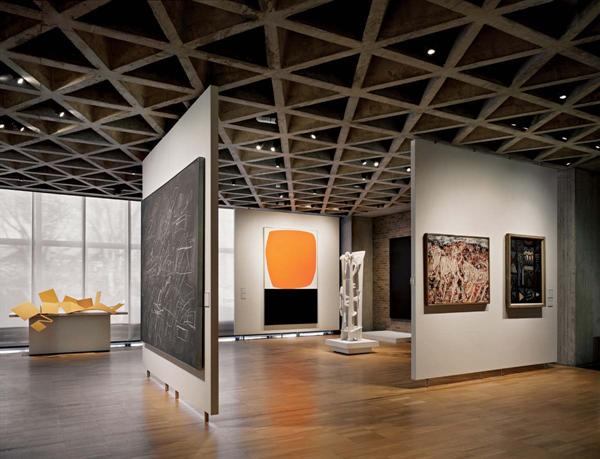Remaking old things anew is in vogue throughout our culture, but I have noticed it most directly in the world of art museums in which I move daily.
My own museum, the Cincinnati Art Museum, is a case in point. We launched a campaign to build a new entrance and addition as well as renovate our whole campus, in 2008. In 2010, we reversed course and decided to do the renovation first. We are now into the second phase of what will be a four-phase effort before we even think of an addition.
The reason, of course, is money. Yet the logic of such a focus also comes from a realization that old might be just as good, and maybe even better than, new. From a global perspective, we need to preserve our resources. From a local view, it is an undeniable truth that we used to build better. I am not talking about style or even function, but about the fact that we devoted more resources to creating structures, and thus the construction quality was higher. It is very rare indeed that structures can (or should) be built today with real stone, wood, or anything that is not a veneer, and also that projects can afford the kind of embellishments that help focus and give scale to the best designs.
This last weekend, I visited the Yale University Art Gallery, renovated by Ennead Architects in 2012, and Boston’s Museum of Fine Arts (MFA), whose renewal Norman Foster, Hon. FAIA, oversaw. Both are superb examples of making the old shine, though they also make apparent the problems inherent in old buildings.
In the case of Yale’s gallery, it was not altogether the fault of the architects, who included Louis Kahn and Egerton Swartwout. Kahn was careful to continue Swartwout’s 1920s building, which he added onto in 1953, even as he changed its orientation and flow. Now the gallery has scarfed up every inch of adjacent space it could, including the old art history offices, and there the transitions are awkward at best. Nooks and crannies at different levels have been pressed into services as galleries, and multiple staircases try to weave together buildings that started out as separate entities.
Yet that variety is in and of itself part of what makes the new complex such a success. It creates different settings for different kinds of art, avoiding the monotony of rationally designed but inevitably repetitive galleries purpose-built for collections that demand flexibility and ordered flow. Moving through the gallery becomes a voyage of discovery of what turns out to be a vast collection, carried out in an spatial version of the picturesque that makes so much of Yale’s campus such a good place.
In the case of Boston’s museum, Foster added what I think is a less than wonderful addition, and also oversaw the renovation of the 1909 grand art palace on Huntington Avenue, designed by Guy Lowell. The entry facing the park is open again, the axes native to the Beaux-Arts monument are once again clear, and it looks like every inch of every surface has been scrubbed to within an inch of its life. Lighting hovers discretely in the ceiling, glass doors in the grand entrances try to hide themselves as they screen out weather and those who have not yet paid, and shops and other facilities reclaim utility spaces.
The only problem is that axes have to end somewhere, and that the overall layout has to make room for minor as well as major spaces. At times, you find yourself in sequences of small galleries that bypass corridors equally crammed with art. Finding different departments in what is supposed to be a rational whole can be surprisingly difficult. The transitions to Foster’s additions as well as earlier ones are awkward. Overall, the whole holds up, though, surrounding you with art framed in grandeur rather than open to discovery.
One area where both the Yale University Art Gallery and the MFA still have problems is their relationship to the outside world. They are closed behemoths that do not invite entry. They also stand necessarily aloof from the networks of connection we now create through invisible media. How to open our great art palaces will be the task of the next wave of renovations.
MFA photo used with permission via a Creative Commons license with Flickr user Smart Destinations.
Aaron Betsky is a regularly featured columnist whose stories appear on this website each week. His views and conclusions are not necessarily those of ARCHITECT magazine nor of the American Institute of Architects.
